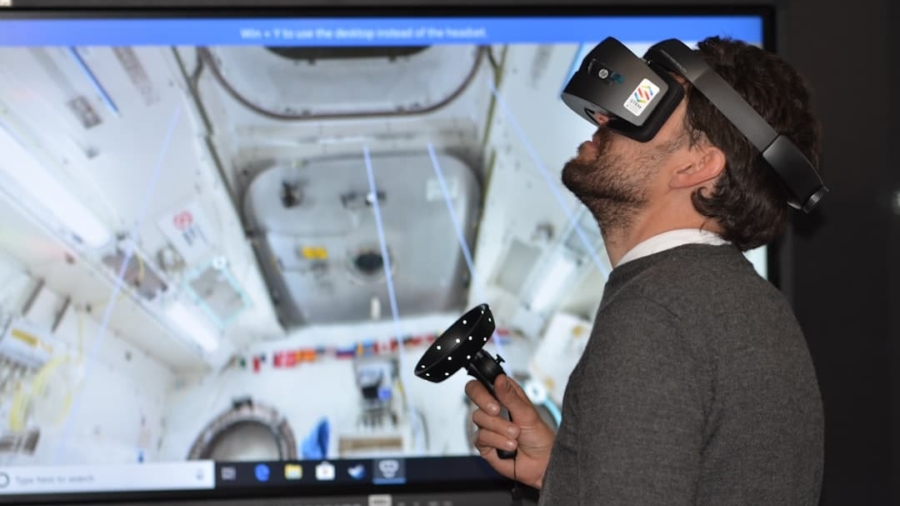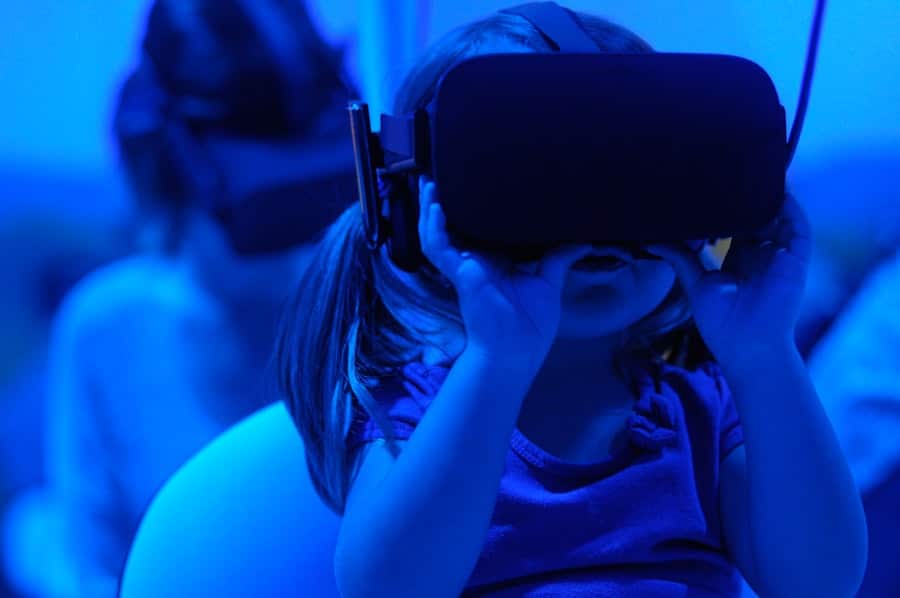Gamification has emerged as a transformative approach in the realm of education and training, leveraging game design elements to enhance engagement and motivation among learners. This innovative strategy integrates aspects such as point scoring, leaderboards, and challenges into non-game contexts, creating an interactive environment that fosters a deeper connection with the material. The concept of gamification is not merely about making learning fun; it is about harnessing the intrinsic motivations that games evoke to facilitate better retention and understanding of information.
As educational institutions and corporate training programs increasingly adopt this methodology, it becomes essential to explore its implications, benefits, and the underlying psychological principles that make it effective. The rise of digital technology has played a pivotal role in the proliferation of gamification. With the ubiquity of smartphones and online platforms, learners are more accustomed to interactive experiences than ever before.
This shift has prompted educators and trainers to rethink traditional pedagogical methods, seeking ways to incorporate elements that resonate with a generation raised on video games and social media.
As we delve deeper into this topic, we will uncover the multifaceted benefits of gamification, examine successful case studies, and discuss the psychological mechanisms that underpin its effectiveness.
Key Takeaways
- Gamification in learning and training programs involves using game elements to engage and motivate learners.
- The benefits of gamification in education include increased engagement, motivation, and retention of information.
- Successful examples of gamification in learning and training include Duolingo, Khan Academy, and Codecademy.
- The psychology behind gamification and learning involves principles of motivation, reward, and engagement.
- Implementing gamification in corporate training programs can improve employee engagement and knowledge retention.
The Benefits of Gamification in Education
Enhanced Engagement and Motivation
Gamification motivates students to participate actively in their learning journey, making the process more enjoyable and encouraging them to invest more time and effort into their studies. This heightened engagement leads to improved knowledge retention, as learners are more likely to remember what they have learned through interactive and rewarding experiences.
Improved Knowledge Retention
Research has shown that gamification leads to significant improvements in knowledge retention. A study by the University of Colorado found that students who participated in gamified learning environments scored higher on assessments compared to those who experienced traditional teaching methods. This improvement can be attributed to the way gamification encourages repetition and practice through challenges and rewards, reinforcing concepts until they are firmly embedded in the learner’s memory.
A New Era of Learning
Gamification has opened up new possibilities for education, making it more engaging, interactive, and effective. By incorporating game-like elements into the learning process, educators can create a more immersive and rewarding experience for their students, leading to better learning outcomes and a more enjoyable educational experience.
Examples of Successful Gamification in Learning and Training
Numerous organizations have successfully implemented gamification strategies to enhance their learning and training programs. One notable example is Duolingo, a language-learning platform that employs gamified elements to teach users new languages. The app incorporates features such as daily streaks, points for completing lessons, and leaderboards that foster a sense of competition among users.
This approach not only makes language learning more enjoyable but also encourages consistent practice, leading to better outcomes for learners. In the corporate sector, companies like Deloitte have embraced gamification in their training programs. Deloitte University, for instance, utilizes a gamified approach to leadership training by incorporating simulations and role-playing scenarios that mimic real-world challenges.
Participants earn points and badges as they navigate these scenarios, which not only enhances their learning experience but also fosters collaboration among peers. This method has proven effective in developing critical thinking skills and preparing employees for leadership roles within the organization.
The Psychology Behind Gamification and Learning
Understanding the psychological principles that underpin gamification is crucial for its successful implementation in educational contexts. One key concept is intrinsic motivation, which refers to engaging in an activity for its inherent satisfaction rather than for some separable consequence. Gamification taps into this motivation by providing learners with immediate feedback, rewards, and a sense of accomplishment.
When students receive points or badges for completing tasks, they experience a boost in self-efficacy, which can lead to increased motivation and persistence in their studies. Another important psychological aspect is the concept of flow, introduced by psychologist Mihaly Csikszentmihalyi. Flow occurs when individuals are fully immersed in an activity that challenges their skills while providing clear goals and immediate feedback.
Gamified learning experiences are designed to create this state by balancing challenge and skill level, ensuring that learners remain engaged without feeling overwhelmed. By fostering flow, educators can enhance the overall learning experience, leading to deeper understanding and retention of material.
Implementing Gamification in Corporate Training Programs
Implementing gamification in corporate training programs requires careful planning and consideration of various factors to ensure its effectiveness. First and foremost, organizations must identify clear objectives for their training initiatives. Whether the goal is to improve employee onboarding, enhance product knowledge, or develop leadership skills, having well-defined objectives will guide the design of gamified elements that align with these goals.
Additionally, organizations should consider the diverse needs and preferences of their workforce when designing gamified training experiences.
By offering a range of gamified elements—such as team challenges, individual quests, or social sharing opportunities—companies can create a more inclusive environment that caters to different learning styles.
Overcoming Challenges in Gamification Implementation
Addressing Resistance to Gamification
One of the main obstacles to implementing gamification is the resistance from both educators and learners who may be skeptical about its effectiveness. To overcome this resistance, it is crucial to clearly communicate the rationale behind gamification and provide evidence of its success through case studies or pilot programs.
Ensuring Alignment with Learning Objectives
Another challenge lies in ensuring that gamification does not overshadow the educational content itself. While game mechanics can enhance engagement, they should not detract from the primary learning objectives. Striking a balance between fun and educational value is crucial; otherwise, learners may become more focused on earning rewards than on mastering the material.
Monitoring Progress and Adjusting Gamification Elements
Continuous assessment and feedback mechanisms can help educators monitor progress and adjust gamified elements as needed to maintain alignment with learning goals. This ensures that the gamification strategy remains effective in achieving its intended objectives.
The Future of Gamification in Education and Training
As technology continues to evolve, so too will the landscape of gamification in education and training. The integration of artificial intelligence (AI) and machine learning into gamified platforms holds significant promise for personalizing learning experiences further. AI can analyze individual learner data to tailor challenges and rewards based on performance levels, ensuring that each learner receives a customized experience that meets their unique needs.
Moreover, advancements in virtual reality (VR) and augmented reality (AR) technologies are set to revolutionize gamified learning experiences. These immersive technologies can create realistic simulations that allow learners to practice skills in safe environments while receiving immediate feedback on their performance. As these technologies become more accessible, we can expect an increase in innovative gamified applications across various educational settings.
Tips for Designing Effective Gamified Learning Experiences
Designing effective gamified learning experiences requires a thoughtful approach that considers both educational objectives and learner engagement strategies. One key tip is to start small; rather than overhauling an entire curriculum with gamified elements at once, educators should experiment with integrating one or two game mechanics into existing lessons or training modules. This incremental approach allows for adjustments based on feedback from learners while minimizing disruption.
Another important consideration is the importance of meaningful rewards. While points and badges can be motivating, they should be tied directly to specific achievements or milestones within the learning process. For instance, offering tangible rewards such as certificates or opportunities for advancement can enhance motivation further by providing learners with clear incentives for their efforts.
In conclusion, gamification represents a powerful tool for enhancing engagement and effectiveness in education and training programs. By understanding its benefits, exploring successful examples, delving into the psychology behind it, implementing it thoughtfully in corporate settings, overcoming challenges, anticipating future developments, and designing with care, educators and trainers can create enriching experiences that resonate with learners across various contexts.
Gamification has been a powerful tool in improving learning and training programs, as discussed in the article “How Gamification Is Improving Learning and Training Programs.” Another interesting read related to the impact of technology on user engagement is “What We Can Learn from Instagram’s Founder’s Return to the Social Media Scene.” This article delves into the lessons we can glean from the return of Instagram’s founders to the social media landscape, highlighting the importance of innovation and user experience in today’s digital age.
FAQs
What is gamification?
Gamification is the application of game-design elements and principles in non-game contexts to engage and motivate people to achieve their goals.
How is gamification improving learning and training programs?
Gamification is improving learning and training programs by increasing engagement, motivation, and retention of information. It also provides immediate feedback and a sense of accomplishment, which enhances the learning experience.
What are some examples of gamification in learning and training programs?
Examples of gamification in learning and training programs include using leaderboards, badges, levels, and points to track progress and reward achievements. It can also involve incorporating storytelling, challenges, and interactive activities to make the learning experience more enjoyable and effective.
What are the benefits of using gamification in learning and training programs?
The benefits of using gamification in learning and training programs include increased engagement, motivation, and retention of information. It also promotes a sense of accomplishment, provides immediate feedback, and encourages a competitive spirit, leading to improved performance and results.
How can organizations implement gamification in their learning and training programs?
Organizations can implement gamification in their learning and training programs by identifying the learning objectives, understanding the target audience, and selecting the appropriate game elements and mechanics to align with the goals. They can also utilize gamification platforms and tools to create and manage the gamified learning experiences.



